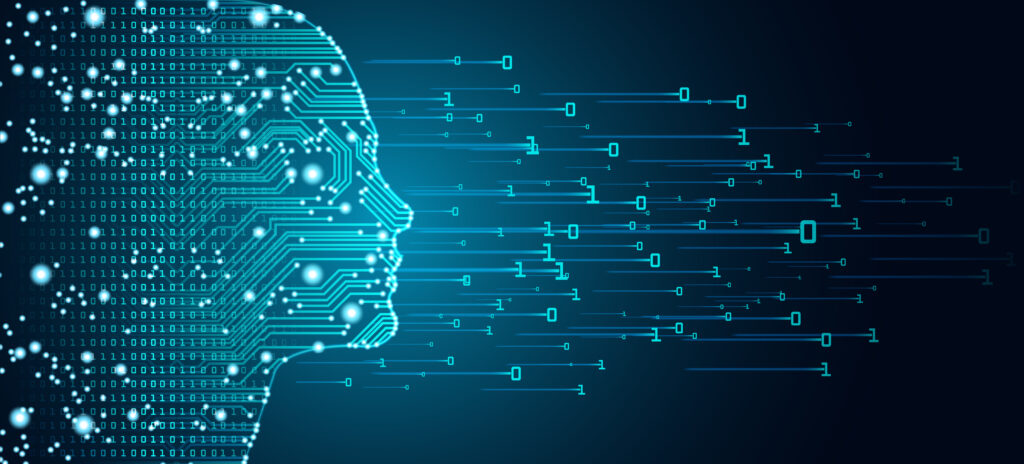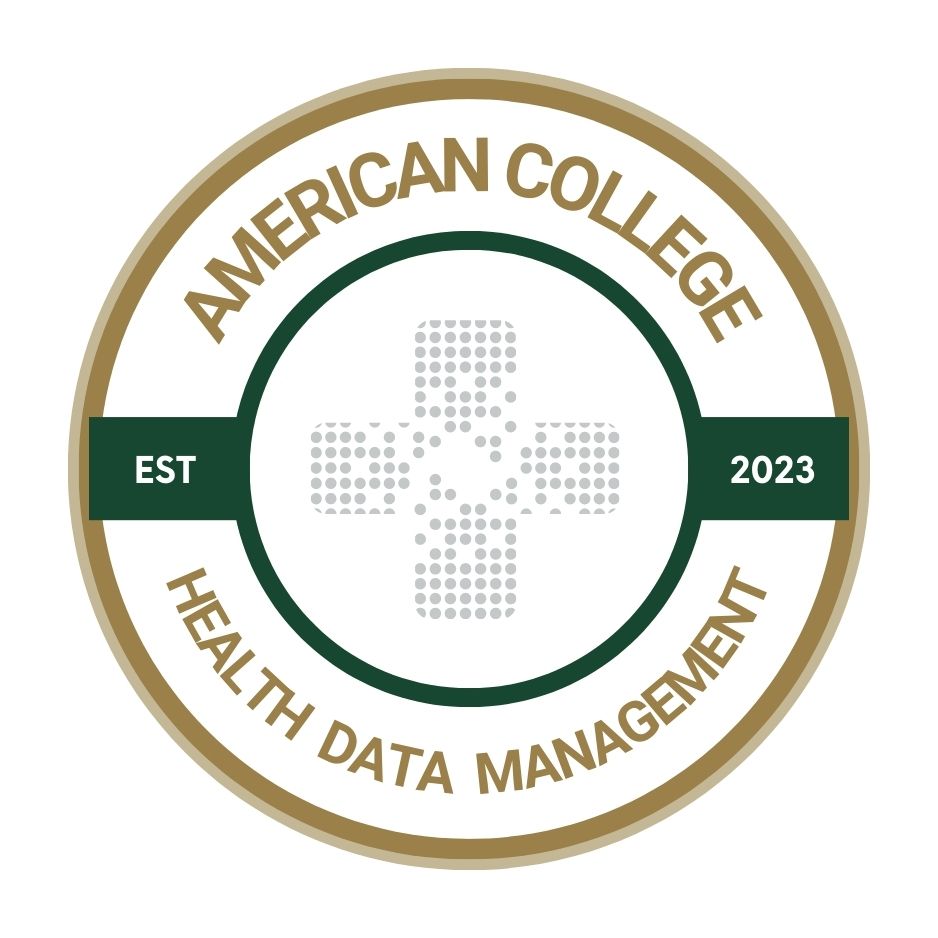The peril and promise of the rising tide of healthcare data
Digitization efforts of the last 20 years is enabling the healthcare industry to collect more patient information, raising the stakes on effectively using it to innovate

The digitization of healthcare has been happening at scale during the last two decades. Considerable progress has been made in reducing waste, improving quality of care, data sharing and clinical research.
The proliferation of electronic health records (EHR) and other clinical systems have launched an extensive data explosion that the industry is still learning to handle. Whichever role you play in the healthcare eco-system, the challenges of working with healthcare data are ubiquitous, ranging from data exchange and access, consolidation, and integration of highly disparate datasets.
This article doesn’t aim to rehash the why and what behind these challenges, but to look forward and discuss emerging industry themes that will have a direct impact on data, with a focus on the healthcare provider and our ability to innovate toward better care deliver.
Theme No. 1: Data convergence in the EHR
In the last few years, top EHRs have steadily expanded their product footprint in clinical specialty applications such as orthopedics, dermatology and behavioral health. Additionally, they have added new product capabilities, such as documentation of social determinants of health, integration of genomics data and external lab data.
Interestingly, EHRs have also expanded into areas that were historically outside of their core competencies, such as payer integration, customer relationship management (CRM) and clinical research.
Today, a health system has the option to decommission their legacy point solutions and migrate to these new EHR applications, specialties and integrations. In doing so, the upside for the health system could be reduced technical complexity, associated reduction in software and maintenance costs and, more importantly, the ability for clinicians to deliver seamless care to patients. Such a rationalization effort simplifies the number of applications supported, the data interfaces between systems and other data harmonization efforts.
In effect, this will result in more data and expanding types of data classes converging in the EHR, thereby enabling users to use EHR tools to access a much larger, patient-centered and integrated dataset.
Theme 2: New entrants create new data silos
The rise of virtual care, concierge services, freestanding ambulatory surgical centers and other innovative digital health startups has paved the way for incumbents and e-commerce giants alike to deliver specific healthcare services to patients.
As patients seek services from these entrants, entirely new streams of data will be created, such as surgical history, meds, labs and radiology results.
Today, many silos exist across payers, hospitals, ambulatory facilities and specialty clinics. However, looking forward, the magnitude and the number of new silos will continue to grow rapidly. Therefore, the integration and sharing of new data between providers and payers will become increasingly challenging.
Theme No. 3: Regulatory initiatives will make progress
The Office of the National Coordinator for Health Information Technology (ONC) has made significant progress promoting nationwide standards for data and healthcare interoperability during the last few years.
For example, the United States Core Data for Interoperability (USCDI) is a standardized set of health data classes and attributes that were created to solve some longstanding issues related to the lack of core data element definitions required to achieve nationwide interoperability.
In addition, ONC has done a commendable job of creating a collaborative process to incorporate feedback from healthcare stakeholders such as providers, developers, payers and health plans. In contrast to a few years ago, these regulatory initiatives have helped digital health entrepreneurs and developers become more conversant and informed about the data availability and gaps.
Another example involves policy initiatives such as the Trusted Exchange Framework and Common Agreement (TEFCA), and rules enacted to thwart information blocking. These policies continue to force various healthcare actors, such as software vendors, health information networks and providers, to comply with the rules or face penalties.
The ONC has implemented a Standards Version Advancement Process (SVAP) to enable the ongoing evolution and adoption of the USCDI standards across the country. Adoption of these standards is continuing to grow, so it will be important for health systems and payers to actively participate and shape the advancement process and associated priorities.
Theme No. 4: Interoperability’s marginal impact on data exchange
Regulatory initiatives will serve as a bedrock for interoperability and data exchange between providers and other stakeholders. However, interoperability isn’t just the technical process of data exchange. Numerous obstacles to an effective interoperability framework exist.
These include:
- • Workflow standardization. Providers even within a health system don’t have standardized ways of storing basic clinical data such as vitals and problem lists. This problem is exacerbated across providers using different EHRs. A solution to get to at least the core set of standardized workflows needs to cut through political, regulatory and technical hurdles.
- • Patient identification. Matching algorithms have provided some positive effect in connecting patient identities with their data, but to truly achieve effective data exchange, a national strategy is needed. Efforts by the ONC are underway in a few core areas, but it will take time to implement, and efficacy will remain questionable until a nationwide standard is developed and enforced.
- • Expansion of interoperability frameworks. The use of the Fast Healthcare Interoperability Resource (FHIR) continues to be restricted to patient-centric web and mobile applications and use cases. Bulk FHIR was introduced to solve the exchange of patient-level data for a large population, but the protocol hasn’t achieved mainstream adoption.
HL7 and its industry stakeholders have numerous workgroups and accelerators that aim to tackle these big initiatives. Many of them have large-scale implications for providers, payers, vendors and patients; therefore, meaningful progress will take time, and the impact will be limited over the next decade, barring significant regulatory intervention.
Theme No. 5: Emerging technologies will create new data streams
Data streams about patient lifestyle, social determinants, genomic sequences and patient-generated health data are becoming critical elements to drive precision medicine and deliver equitable medicine. Also, cost- and time-saving emerging technologies such as robotic process automation, chatbots and the digital labor workforce will create new streams of data around the patient.
Finally, the rise of cloud platforms and associated services such as natural language processing, voice to speech, video to text, optical character recognition and artificial intelligence will enable data to be created more rapidly than ever before. Harnessing these new data streams effectively to improve outcomes will require a significant learning curve.
During the last two decades, the healthcare industry has experienced large-scale healthcare digitization that led to the creation of large volumes of data. The data created in the last 20 years mimicked what would have been documented in paper workflows in the pre-digital era.
However, research has shown that most of an individual’s health is impacted outside of the clinical space – these factors include social circumstances, genetics, individual behavior and environment. Because of innovative health systems, payers, software and services companies, we’re entering a future in which a lot more data will be captured about a patient outside of the clinical space and effectively be part of the “new healthcare data.”
As a long time, healthcare professional, I am excited about the positive impact this new healthcare data will have on outcomes, especially driving better, equitable, precision care at a reduced cost. If that means as an industry, we will experience increased data complexities, then we should be prepared to adapt and learn to handle those challenges.
Sriram Devarakonda is the chief technology officer and co-founder of Cardamon Health.
